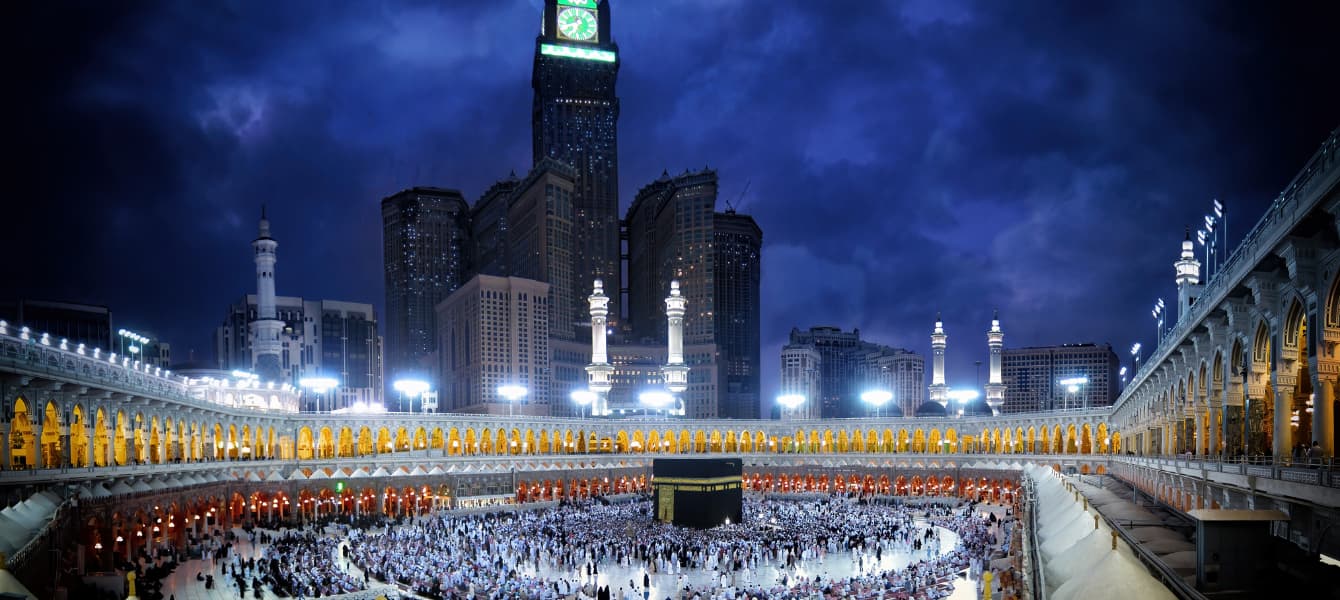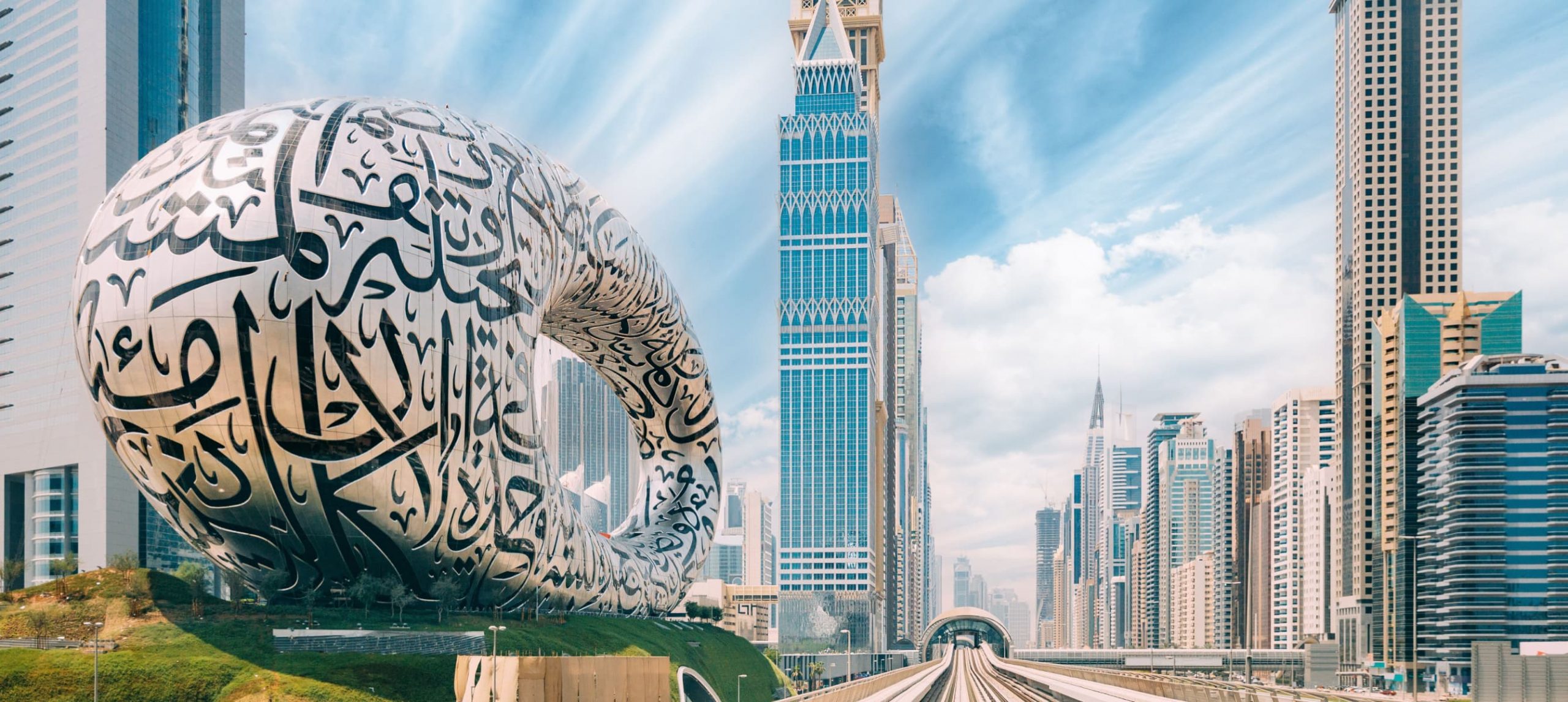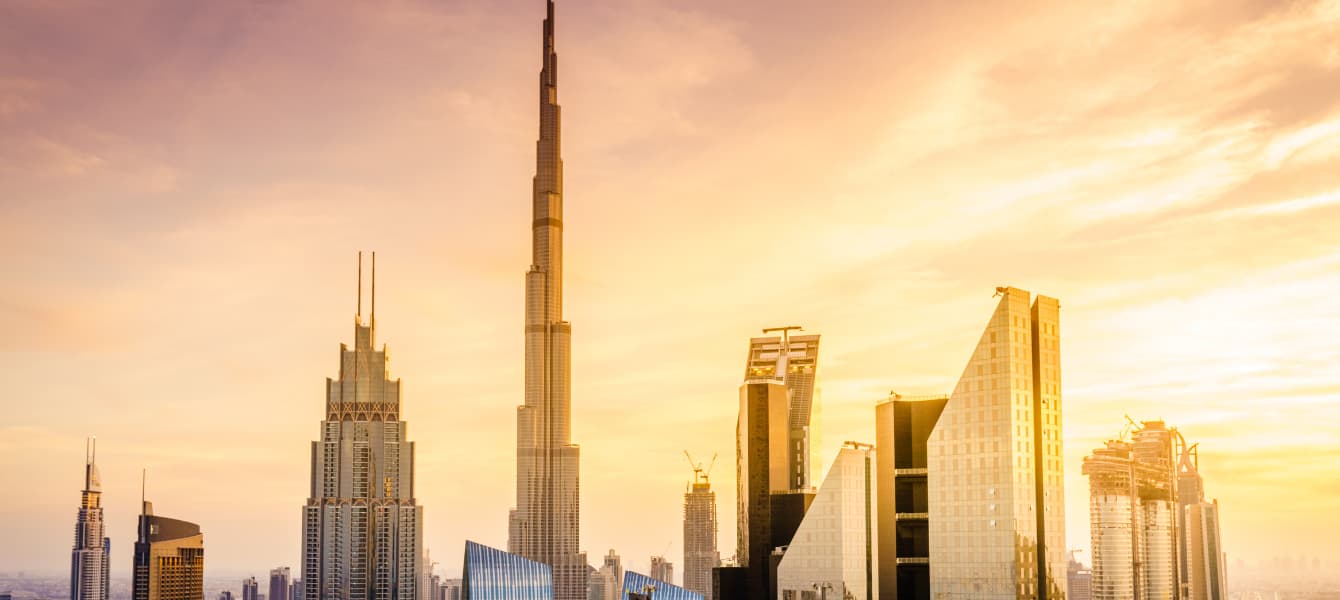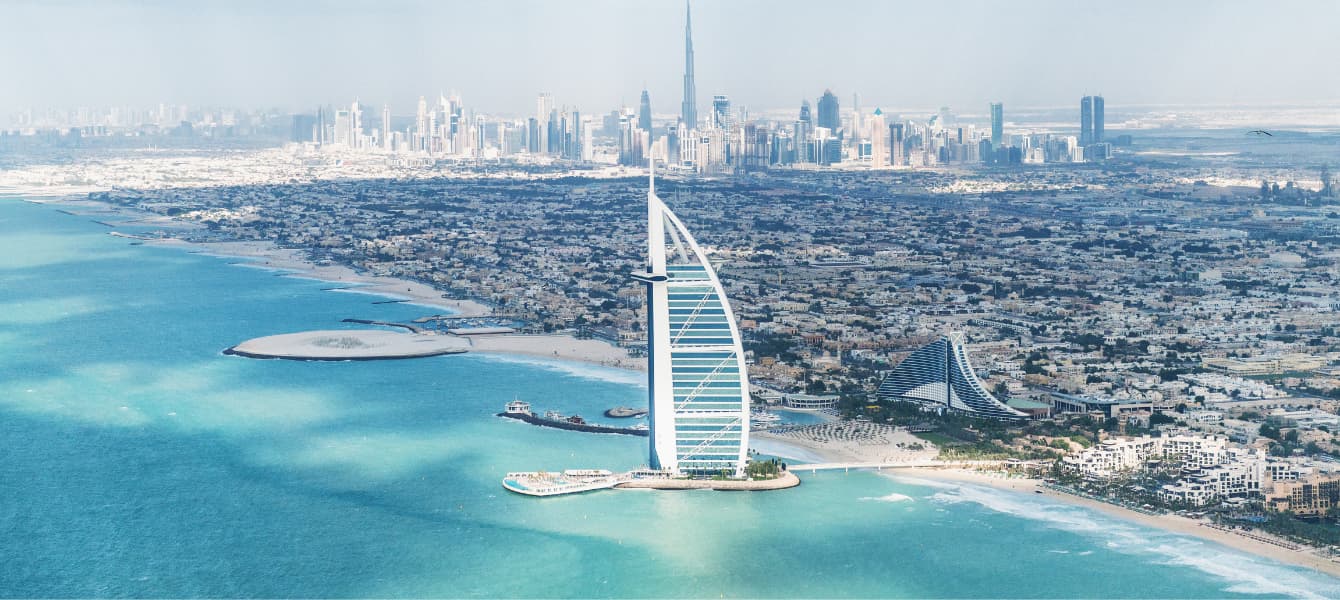Masjid Al Haram, the Sacred Mosque, stands as the holiest site in Islam, nestled in the heart of the ancient city of Mecca, Saudi Arabia. Home to the Kaaba, Islam’s most revered shrine, it draws millions of pilgrims annually, fulfilling a central role in the Islamic faith. With its rich history, spiritual significance, and awe-inspiring architecture, Masjid Al Haram serves as a beacon of unity and devotion for Muslims worldwide.
Quick Jumplinks
Masjid Al Haram: In A Nutshell
📍Location: Located in the city of Mecca, Saudi Arabia. Situated in the center of the city.
🛣️ How to get there:
By air: The nearest airport is King Abdulaziz International Airport in Jeddah, about 70 kilometres away from Mecca. From there, you can take a taxi or a bus to Mecca.
By road: Mecca is accessible by road from various cities in Saudi Arabia.
🍁 When to go:
For Umrah: Any time of the year except during the Hajj season.
For Hajj: During the Islamic month of Dhu al-Hijjah, which is the 12th month of the Islamic calendar.
⏱ Timings:
Masjid al-Haram is open for prayers 24 hours a day, 7 days a week.
However, access to certain areas within the mosque may be restricted during prayer times or for maintenance purposes.
📢 Important advice:
Dress modestly: Visitors should adhere to the dress code, which requires covering the body appropriately.
Follow instructions: Respect the rules and regulations of the mosque and follow instructions given by the authorities.
Be mindful of prayer times: Plan your visit around prayer times to avoid disruption.
Show respect: Masjid al-Haram is a sacred place for Mu slims, so visitors should conduct themselves with respect and reverence.
Be prepared for crowds: Especially during peak seasons such as Ramadan and Hajj, the mosque can be very crowded, so be patient and prepared for large crowds.
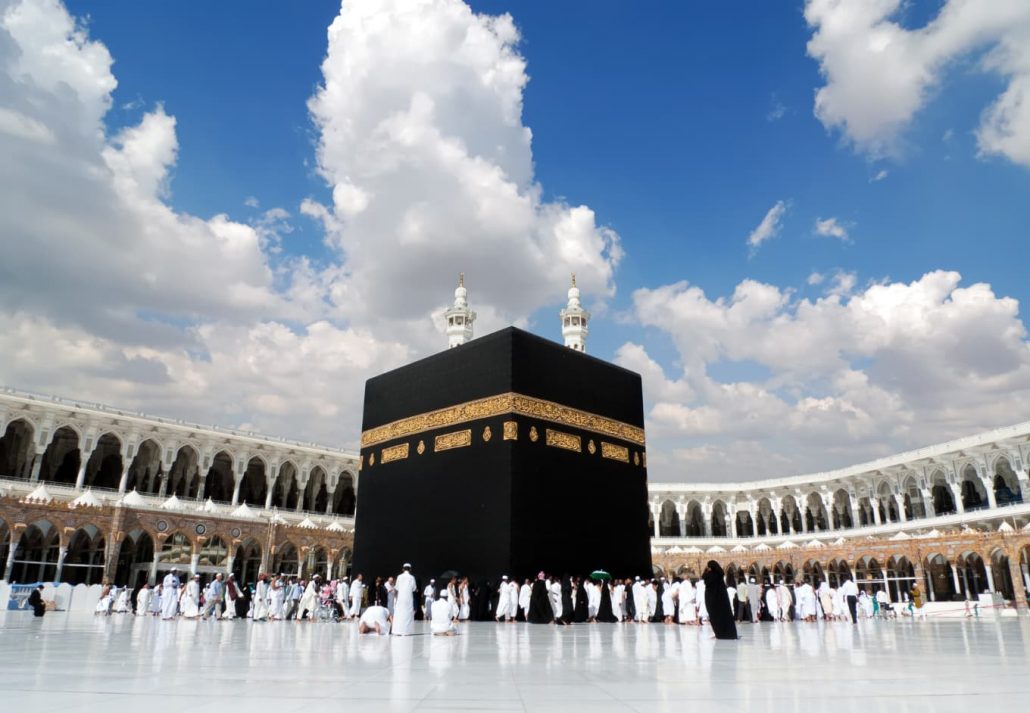
History Of Al Masjid Al Haram
Masjid al Haram, also known as the Great Mosque or the Grand Mosque stands as a testament to Islamic tradition, history, and architectural brilliance, serving as the focal point for the Hajj pilgrimage and a place of worship for Muslims worldwide. According to Islamic tradition, the site was established by the Prophet Ibrahim (Abraham) and his son Ismail (Ishmael) as they constructed the Kaaba, the holiest shrine in Islam. Over the centuries, the mosque underwent numerous expansions and renovations under the stewardship of various Muslim rulers.
One significant expansion occurred during the reign of the Abbasid Caliph al-Mahdi, who initiated the construction of the iconic Bab al-Salam and other important structures within the holy mosque complex. The Ottoman Sultan Selim II also left his mark on Masjid al Haram, adding the exquisite marble columns and domes that adorn its prayer halls.
The Saudi kings played a crucial role in restoring and modernising Masjid al Haram, particularly during the second and third Saudi expansions, which saw the addition of new stone arcades, prayer halls, and other facilities.
Spiritual Pilgrimage: Purpose and Significance
Every year, millions of pilgrims flock to Mecca to perform the Hajj pilgrimage, a journey that culminates in circumambulating the Kaaba within Masjid al Haram. For Muslims, visiting the holy mosque is a deeply transformative experience, allowing them to connect with their faith and heritage.
Moreover, Masjid al Haram is renowned for housing the sacred Black Stone (Hajar al-Aswad), believed to have been given to Prophet Ibrahim by the angel Gabriel. Touching or kissing the Black Stone is considered a sacred act and an integral part of the pilgrimage rituals.
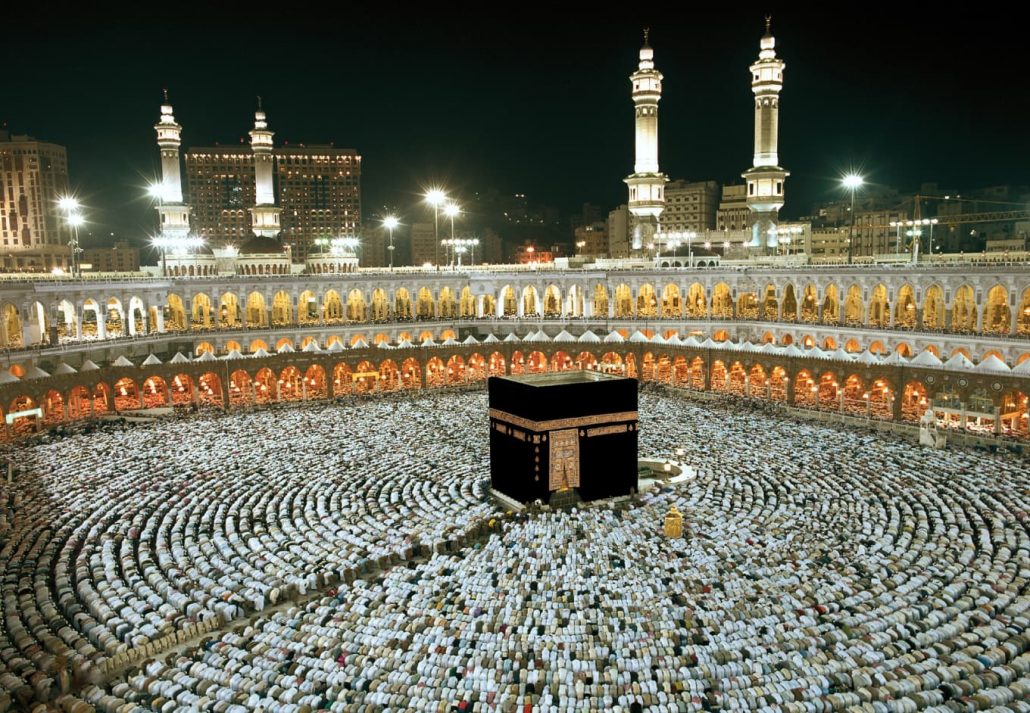
Attractions & Restaurants Around Al Haram Mosque
While al masjid al ḥarām stands as the primary attraction in Mecca, the surrounding area boasts several other important significant sites of historical and religious importance. One such site is the Maqam Ibrahim (Station of Abraham), which houses the footprints of Prophet Ibrahim and serves as a place for prayer and reflection.
Additionally, pilgrims often visit the nearby hills of Safa and Marwah, retracing the footsteps of Hajar (Hagar), the wife of Prophet Ibrahim, during her search for water. This ritual, known as Sa’i, is an essential part of the Hajj and Umrah pilgrimages.
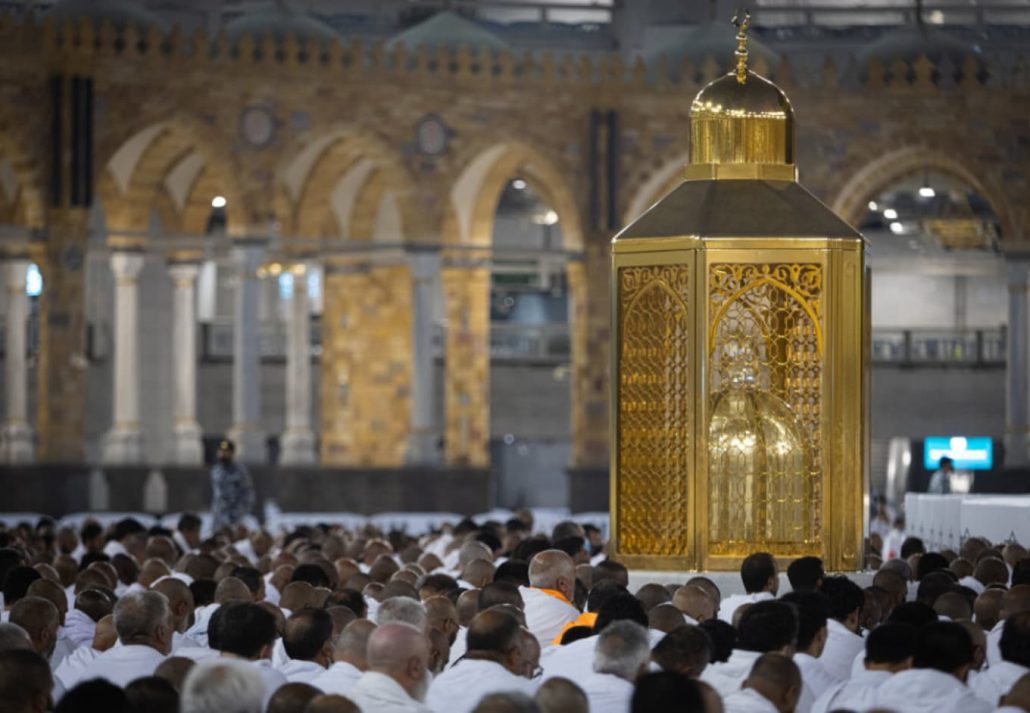
Another great mosque in the vicinity is Masjid al Aqsa in Jerusalem, revered as the third holiest site in Islam. While not in close proximity to Masjid al Haram, the spiritual significance of Masjid al Aqsa draws Muslims from around the world, especially during the sacred month of Ramadan and other significant religious occasions.
Near Masjid al Haram, a diverse array of restaurants awaits pilgrims and visitors, offering a culinary journey that complements the spiritual experience of the holy site. From traditional Saudi cuisine to international flavors, there is something to satisfy every palate. Local eateries such as Al Baik and Al Tazaj serve up mouthwatering grilled chicken and Middle Eastern specialties, providing a taste of authentic Saudi flavours.
Stay Options Near Masjid Al Haram
For those seeking accommodation near Masjid al Haram, a range of options awaits to suit various preferences and budgets. Luxury hotels such as the Hilton Makkah Convention Hotel offer amazing amenities and exquisite dining, providing a lavish experience within walking distance of the mosque. Budget-friendly guesthouses like the Al Marwa Rayhaan by Rotana offer cozy accommodations for thrifty travellers. With options to accommodate every preference, staying near Masjid al Haram ensures easy access to the mosque and a memorable pilgrimage experience.
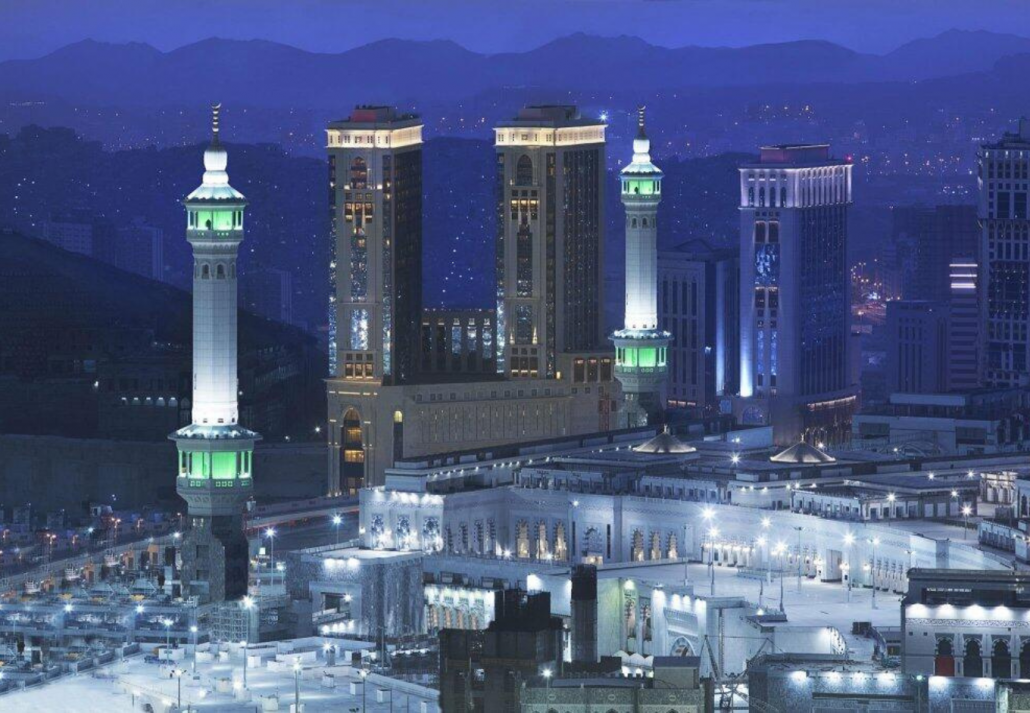
FAQs
What is the significance of Zamzam water near Masjid al Haram?
Zamzam water holds religious importance as it is believed to have sprung miraculously from the desert for Hajar and her son Ismail. It’s available for pilgrims to drink and is often collected for its perceived spiritual benefits.
Are there any specific etiquettes for performing Tawaf around the Kaaba?
Yes, pilgrims should perform Tawaf counterclockwise seven times, starting from the Black Stone corner. It’s customary to keep the Kaaba on the left side and to maintain a respectful pace, supplicating and reflecting during the ritual.
Is photography allowed inside Masjid al Haram?
No, photography is generally not permitted inside the mosque.
Can women perform Tawaf during menstruation?
Women in menstruation can’t perform Tawaf but can still visit and supplicate from outside the Tawaf area.
